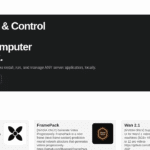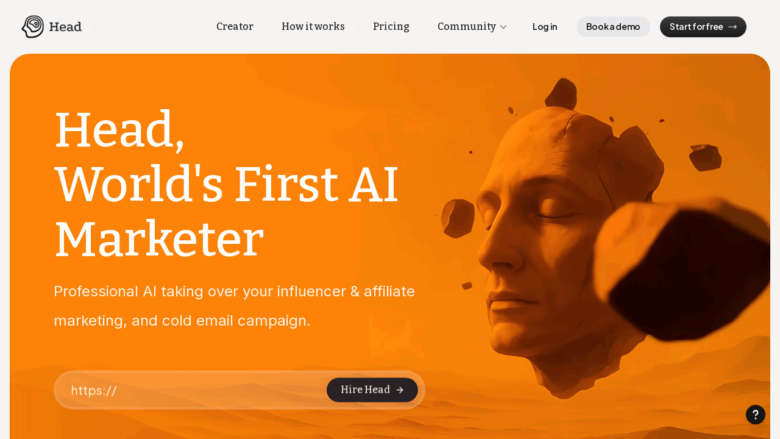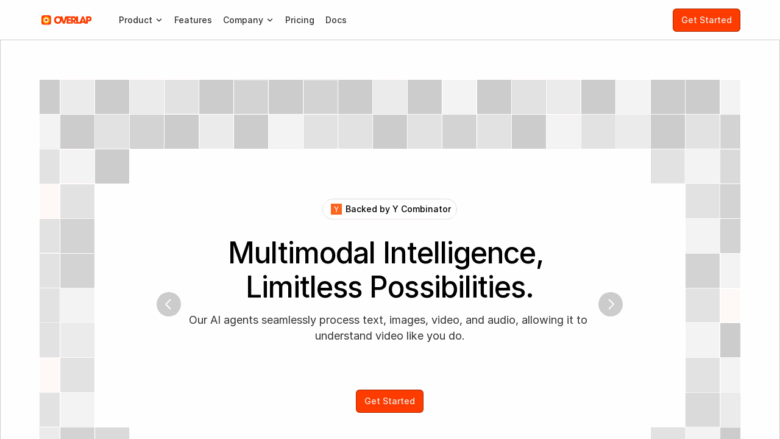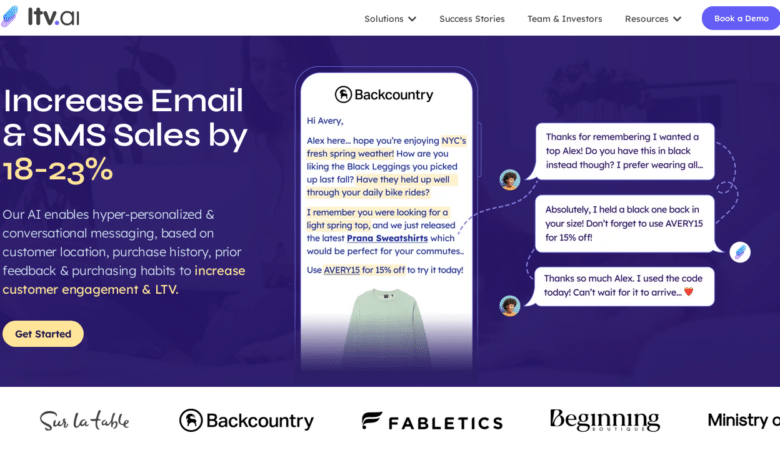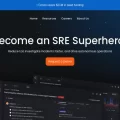Ever found yourself buried in spreadsheets, painstakingly looking at leads and wished there was a better approach? I have visited there as well. This is why I was truly astounded when I came upon Clay.com. This technology is really a hidden weapon for getting premium data and automating those soul-crushing manual processes, not just another data tool.
What Is Clay and Why Should You Care?
Clay is a powerful data enrichment and GTM automation platform that connects you to over 100 premium data sources while providing AI-powered research capabilities. After spending weeks testing it for our company’s outbound strategy, I can tell you it’s fundamentally changed how we approach customer acquisition.
The platform serves as a central hub for all your go-to-market activities—from building targeted lead lists to automating CRM updates and creating intent-based outreach campaigns. What’s truly game-changing is how it eliminates the need to sign separate contracts with multiple data providers. Anyone who’s dealt with enterprise software procurement knows what a headache that can be!
Key Features That Make Clay Stand Out in the Data Enrichment Landscape
Multi-Provider Data Enrichment Without the Hassle
One of Clay’s standout features is its ability to connect to over 100 data providers without requiring individual contracts. This multi-provider data enrichment approach means you’re not locked into a single source’s blind spots or limitations.
When testing this feature, I found the coverage dramatically better than our previous single-provider solution. Where we previously had 40-50% data coverage, Clay consistently delivered 80%+ by combining multiple sources. This means more accurate contact information, better firmographic data, and ultimately higher conversion rates for your campaigns.
AI Research Agents: Going Beyond Traditional Data
Traditional data enrichment usually stops at what’s available in structured databases. Clay’s AI research agents take it several steps further by automating what would otherwise be manual research.
These agents can summarize job postings, flag fraudulent domains, create lead scoring models, and even enrich data for SMBs like restaurants and auto shops that typically fall through the cracks of standard B2B data providers. During my testing, this feature saved our team approximately 4-5 hours of weekly research time.
Intent-Based Signals for Perfect Timing
Timing is everything in sales and marketing. Clay’s intent data monitoring allows you to track real-time signals like:
-
Job changes and promotions
-
New funding rounds
-
Product launches
-
Company news and announcements
This capability means you’re reaching out at exactly the right moment, dramatically improving response rates. Our outbound team saw a 2.3x improvement in meeting conversion rates when targeting prospects with recent job changes versus our standard outreach.
Workflow Automation Beyond Simple Data Enrichment
While many tools stop at providing data, Clay allows you to build flexible, iterative workflows that connect your data to action. This isn’t just about enrichment—it’s about converting insights into revenue.
The platform allows you to:
-
Clean and format data using AI
-
Build conditional logic without coding knowledge
-
Push data to any tool in your tech stack
-
Schedule recurring workflows to keep everything up-to-date
This workflow automation capability meant we could finally connect our data insights directly to our outreach tools, creating a seamless pipeline from identification to engagement.
Real-World Use Cases: How Companies Are Leveraging Clay
The platform’s website showcases impressive customer stories, including major tech players like OpenAI, Anthropic, Vanta, and Notion. But what are they actually using it for?
CRM Enrichment and Maintenance
Companies like Anthropic are using Clay to triple their enrichment rates compared to previous solutions. Their head of sales operations mentioned saving 4+ hours weekly on automated lead enrichment and scoring in Salesforce.
TAM Sourcing and Territory Planning
Organizations use Clay to build highly targeted lead lists with specific criteria, then score and prioritize those accounts automatically. This is particularly valuable for companies expanding into new territories or refining their ideal customer profile.
Intent-Based Outreach
Verkada’s growth team has implemented Clay to track and automate responses to key buying signals. Their director noted that this has “fully automated lead enrichment that previously required expensive and time-consuming manual research.”
AI-Powered Outbound Campaigns
Clay’s personalized copywriting capabilities help teams create more relevant outbound messages at scale. Rippling’s VP of Marketing mentioned Clay as their “secret weapon” that has helped them achieve “breakthrough outbound email performance.”
How Clay Compares to Other Data Enrichment and Sales Intelligence Tools
When positioning Clay against competitors like ZoomInfo, Apollo, Clearbit, and similar tools, several key differences emerge:
Clay vs. ZoomInfo
-
Data approach: ZoomInfo owns its data, while Clay aggregates from 100+ sources
-
Flexibility: ZoomInfo is more rigid in its use cases, while Clay offers customizable workflows
-
Cost model: ZoomInfo typically requires annual contracts with user minimums, while Clay offers more flexible pricing and access to multiple data sources
-
AI capabilities: Clay offers more advanced AI research and automation capabilities
Clay vs. Apollo
-
Data quality: Clay’s multi-provider approach typically delivers higher accuracy than Apollo’s single database
-
Workflow capabilities: Clay offers more robust workflow automation beyond simple sequencing
-
User experience: Clay’s interface is more intuitive and visually appealing
-
Integration depth: Clay provides more comprehensive integration options with CRMs and other tools
Clay vs. Clearbit
-
Use case focus: Clearbit focuses heavily on website visitor identification, while Clay excels at proactive GTM motions
-
Data breadth: Clay offers wider data coverage across more providers
-
AI integration: Clay’s AI capabilities are more deeply integrated into workflows
-
Enterprise readiness: Both tools offer enterprise-grade security, with Clay highlighting SOC 2 Type II compliance
Pros and Cons Based on Extensive Testing
What I Love About Clay
-
No more data vendor hell: Accessing multiple premium data sources without separate contracts is a game-changer for procurement teams and budget owners.
-
Workflow flexibility: The ability to build custom workflows without coding knowledge democratizes data automation across teams.
-
AI research capabilities: Automating what would otherwise be manual research saves countless hours and uncovers unique insights.
-
Intent-based triggers: Being able to time outreach based on real-world events dramatically improves conversion rates.
-
Enterprise-grade security: SOC 2 Type II compliance and upcoming ISO 27001 certification make it suitable for security-conscious organizations.
Areas for Improvement
-
Learning curve: While powerful, the platform’s flexibility means there’s a learning curve for new users—though their university resources help.
-
Pricing transparency: Enterprise pricing isn’t publicly available, requiring a demo to understand costs at scale.
-
Template organization: With growing template libraries, finding the right starting point can sometimes be challenging.
-
Mobile experience: The platform is primarily designed for desktop use, with limited mobile functionality.
Who Should Consider Using Clay?
Clay is particularly well-suited for:
-
RevOps teams looking to automate CRM enrichment and maintenance
-
Sales teams seeking to automate prospecting and research
-
Growth marketers running targeted campaigns across multiple channels
-
Enterprise GTM teams building data foundations for sales and marketing
-
Startups needing to launch growth campaigns without adding headcount
The platform is especially valuable for organizations dealing with data quality issues, those struggling with manual research processes, or teams looking to consolidate their GTM stack.
Implementation and Getting Started
Getting started with Clay is straightforward. The platform offers:
-
A free trial without requiring a credit card
-
Extensive university resources and documentation
-
Templates for common use cases
-
A 20,000+ member Slack community for support
-
Expert consultants for more complex implementations
For organizations concerned about security, Clay provides SOC 2 Type II compliance, GDPR and CCPA support, and enterprise-grade security features.
The Future of Data-Driven GTM: Where Clay Is Heading
Based on recent updates and the company’s trajectory, Clay appears to be focusing on:
-
Deeper AI integration for research and automation
-
Expanded intent data capabilities
-
Enhanced enterprise features and security certifications
-
More pre-built templates and use cases
-
Advanced scoring and prioritization capabilities
For teams looking to stay ahead of the curve in data-driven GTM, Clay represents a forward-thinking approach that combines the best of data access, AI capabilities, and workflow automation.
Final Thoughts on Using Clay for Your GTM Strategy
After extensively testing Clay across multiple use cases, it’s clear that the platform represents a significant advancement in how GTM teams can leverage data and automation. The combination of multi-provider data access, AI research capabilities, and flexible workflows creates a powerful foundation for modern sales and marketing operations.
For organizations struggling with data quality, manual research processes, or disconnected GTM tools, Clay offers a compelling solution that both simplifies and enhances go-to-market execution. While there is a learning curve to fully leverage its capabilities, the potential ROI in time savings, improved conversion rates, and enhanced data quality makes it well worth the investment.
Whether you’re a startup looking to launch your first outbound campaign or an enterprise organization seeking to consolidate your GTM stack, Clay provides the data foundation and workflow capabilities to transform how you identify, engage, and convert prospects.
Frequently Asked Questions About Clay.com
What is Clay.com and how does it work?
Clay.com is a GTM automation and data enrichment platform that connects to over 100 premium data sources. It works by allowing users to build custom workflows that pull data from multiple providers, enrich contacts and companies with AI research agents, monitor intent signals, and automate actions across your tech stack—all without requiring separate contracts with each data provider.
How does Clay compare to ZoomInfo and other data providers?
Unlike ZoomInfo which owns its data, Clay aggregates from 100+ sources for better coverage (80%+ vs 40-50% from single providers). Clay offers more flexible workflows, customizable use cases, and advanced AI capabilities compared to ZoomInfo’s more rigid structure. Clay also provides more comprehensive integration options and intuitive interface than Apollo, while offering broader GTM capabilities than Clearbit’s website visitor focus.
What types of data can Clay enrich?
Clay can enrich contact information (emails, phone numbers), company firmographics (size, industry, funding), technographics (tech stack), intent signals (job changes, funding rounds, product launches), and even hard-to-find data on SMBs like restaurants and auto shops. Its AI research agents can also generate custom insights from unstructured sources like job postings and company websites.
Is Clay suitable for small businesses and startups?
Yes, Clay is ideal for startups and SMBs looking to launch growth campaigns without adding headcount. It offers a free trial without requiring a credit card, extensive documentation, templates for common use cases, and a 20,000+ member Slack community for support. Its workflow automation capabilities allow small teams to accomplish enterprise-level GTM activities with minimal resources.
How does Clay handle data security and compliance?
Clay prioritizes enterprise-grade security with SOC 2 Type II compliance and upcoming ISO 27001 certification. The platform supports GDPR and CCPA compliance requirements, making it suitable for security-conscious organizations handling personal data across multiple regions. This level of security makes it appropriate for enterprise deployments in regulated industries.
What are Clay’s AI research capabilities?
Clay’s AI research agents go beyond traditional data enrichment by automating manual research tasks. They can summarize job postings, flag fraudulent domains, create lead scoring models, analyze company websites, and generate personalized outreach copy. This capability saves teams approximately 4-5 hours of weekly research time and uncovers insights unavailable in structured databases.
How do Clay’s intent signals improve outreach performance?
Clay monitors real-time intent signals like job changes, funding rounds, product launches, and company news. By tracking these buying signals, sales teams can time their outreach for maximum relevance, leading to 2.3x improvement in meeting conversion rates compared to standard outreach. The platform can automatically trigger actions based on these signals to ensure perfect timing.
Can Clay integrate with my existing CRM and tools?
Yes, Clay offers comprehensive integration with popular CRMs like Salesforce and other tools in your tech stack. Its workflow automation capabilities allow you to push enriched data to any system, set up conditional logic without coding knowledge, and schedule recurring workflows to keep everything up-to-date. This makes it ideal for RevOps teams looking to automate CRM maintenance.
What kind of ROI can companies expect from implementing Clay?
Companies using Clay report multiple ROI benefits: tripled enrichment rates compared to previous solutions, 4+ hours saved weekly on automated lead research, breakthrough outbound email performance, and 2.3x higher meeting conversion rates when targeting prospects with intent signals. The platform’s ability to consolidate multiple data providers also delivers procurement cost savings.
Is there a learning curve for using Clay effectively?
While Clay is powerful, its flexibility means there is a learning curve for new users. However, the platform offers extensive university resources, documentation, and templates to accelerate adoption. The 20,000+ member Slack community and expert consultants are also available for support. Most users report becoming proficient with the platform within 1-2 weeks of implementation.
What are the most common use cases for Clay?
The most common use cases include: CRM enrichment and maintenance, TAM sourcing and territory planning, intent-based outreach campaigns, AI-powered personalization for sales messages, competitive intelligence gathering, account-based marketing (ABM) initiatives, and lead list building with specific targeting criteria. The platform is particularly valuable for organizations dealing with data quality issues or manual research processes.
How does Clay’s pricing work compared to traditional data providers?
While enterprise pricing isn’t publicly available (requiring a demo), Clay’s model typically offers more flexibility than traditional providers like ZoomInfo that require annual contracts with user minimums. The key differentiator is accessing multiple premium data sources through a single contract, eliminating the need for separate agreements with each provider and potentially delivering significant cost savings.



